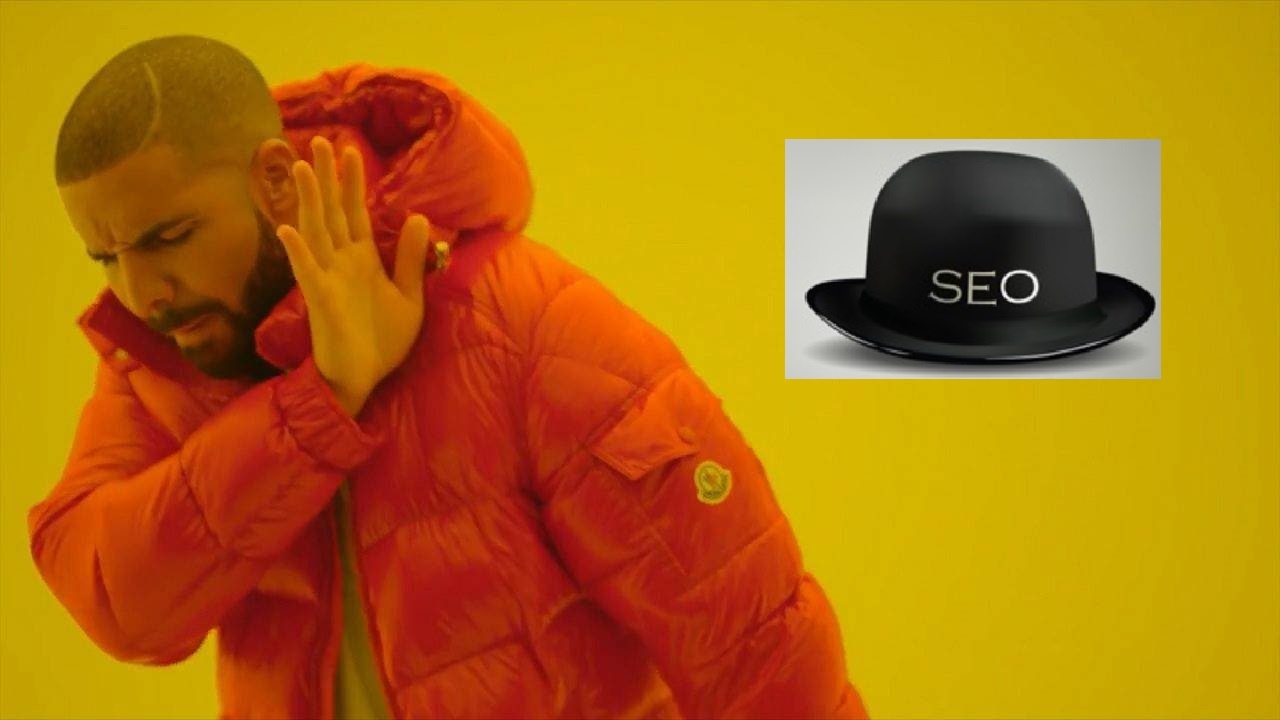Just a few years ago when web search was still a flawed tool in helping users find what they need on the internet, folks specializing in search engine optimization were highly-accomplished in finding ways to ‘cheat’ the system. They were able to give specific websites a search ranking boost through a few tricks that included the all-annoying keyword stuffing, useless link networks, and link spamming on the comments section.
Thinking about how these old tactics were used back then can give you a slight shudder. Good thing Google has made a few algorithm updates to make sure websites that still use these ‘unfair’ methods are targeted and penalized. Since then, it hasn’t about ‘hacking’ the system anymore, but about delivering an optimized user experience across the board. With that said, many websites are still able to game their way through the system just and get ahead of everybody else.
White Hat vs. Black Hat SEO
Just like two sides of a coin, SEO has the good and the bad. When done the right way, SEO can deliver huge benefits to a website that include ranking higher for relevant search terms in the hope of boosting traffic. But if done through underhanded tactics, they could do more harm than good. For this reason, you should know the difference between the good and the bad.
Good SEO practices are referred to as ‘white hat,’ and these are those that comply with industry standards that follow SEO rules. These are used by folks who care about the long-term top-ranking strategies, which can take up to six months to materialize but will generate far more solid results in the future. This is great for building your business’ online presence and sticking to it for the long term.
Bad SEO, on the other hand, is called ‘black hat,’ and often violates Google’s terms of service, which include using hidden text, keyword stuffing, and spamming among other ‘dirty’ tactics. These are considered shortcuts to rank high in search engine results but are met with stiff that significantly reduce a website’s rankings on Google and other search engines altogether.
Good SEO Principles to Embrace

Now that we’ve established the fact that it’s better for your business to practice white hat methods, you should understand the principles behind them so you can re-evaluate your SEO strategy. This will not only help you create the best tactics that suit your campaigns, but also get a good grasp on how scaling these best practices will work to your advantage.
-
Create Indexable Content
It’s important for Google to analyze every part of your content, so for better performance in search engine listings, even the non-text content should be in HTML text format. Despite the advances in search engine crawling technology, non-text content is often ignored, so the easiest way to ensure they are visible is to place them in HTML text on each page.
-
Build Crawlable Link Structures
Search engines need to see content so they can list pages in their immense keyword-based indices, but they also need to see links so they can find the content in the first place. This is the reason why you should build a crawlable link structure—one that lets them browse through the pathways of a website so search engines can find all the corresponding pages under it.
-
Right Keyword Usage and Targeting
Keywords are the building blocks of search, making them a fundamental part of the search process. The basic principle involved here is if you want your page to rank in a specific set of words used for searching websites, it’s prudent to include it in the crawlable content of your article.
Since keywords dominate how we make use of search engines, there is a significant focus on how you must integrate them relevant to your content. Remember, the point is not to rank high for all keywords, but for the keywords that could potentially be the most profitable for your business.
-
Don’t Disregard On-Page Optimization
To fine-tune your white hat techniques, keywords are used not only in the content itself but in other areas of the webpage. Title tags, meta tags, and meta descriptions should also be taken into consideration. These help not only in SEO but for a more pleasant user experience as well (i.e. making use of the schema markup on Google SERPs).
-
Consider Your URL Structures
A URL or a website’s address is of great value from a search standpoint. They appear in the SERP or search engine results page, which impacts click-through rate and visibility. Aside from being used in ranking documents, pages with names that include the queried search terms get a certain benefit from the right descriptive use of keywords.
Bad SEO Principles to Avoid

You may be tempted to do things the easy way to get faster results, but they aren’t called ‘black hat’ if they’re not related to villainy. With competition getting fiercer, Google won’t take unfair gaming of the system lightly. So instead of risking getting penalized, here are the bad SEO principles to avoid:
-
Delivering Poor User Experience
Google aims to create a digital environment that puts users first. With a massive number of searches done each year and more than half coming from mobile devices, user experience is being forcefully drawn center stage. So, if a website’s SEO practices are bad, people are going to ‘bounce’ away from the page, sending Google a signal to negatively impact the site’s search rankings.
-
Posting Intrusive Interstitial Ads
Since Google prioritizes a positive user experience, it released an algorithm update that takes aim at intrusive pop-up ads that affect users, particularly of mobile devices. It’s annoying and provides a poor experience to users each time content is obscured by ads.
-
Duplicating Content
If your content isn’t unique and original, search engines have no reason to index your web page since it has nothing new to offer. And Google’s not going to send any online authority your way if you’re just copying someone else’s work. To make the internet a better place, it’s in Google’s best interest to make sure only high-quality and original content is available to users.
-
Paying for Links
A successful website takes time to build. It involves patience and the creation of valuable content to get those natural backlinks. Buying paid links, however, is a shortcut and is considered a bad SEO practice. You might be able to fly under the radar for a while but once Google finds out about it, expect your site’s rank to drop.
-
Link Comment Spamming
Google believes that any link to your site should be earned through quality content. If you still think you can spam the comments sections of third-party blogs with your website’s link just to draw traffic in, think again. This kind of tactic ruins a user’s experience as they go through spammy comments containing links that aren’t even valuable to the discussion.
The Choice for SEO Is Simple
If you aim to grow your business or increase your online presence through SEO, this is a no-brainer. “Cheating” your way through the top of Google’s charts is no way to achieve the glory of being on page one. Besides, it’s never going to work once you’re caught and eventually penalized.
As they say, slow and steady wins the race, so all your white hat efforts are going to pay off in the long-run. Focus on creating valuable and relevant content, practice good SEO and deliver the best user experience possible. You can’t go wrong with following the rules.






